Can Armenians claim for Hayasa?
One of the sources for those who intend to attach antiquity to the history of modern Armenians is the northern province of Hayasa – the XIV century BC state of Hittites.

One of the sources for those who intend to attach antiquity to the history of modern Armenians is the northern province of Hayasa – the XIV century BC state of Hittites.
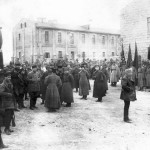
When you start investigating the historical roots of Armenia’s aggressive and predatory war against Azerbaijan, certain aspects of Armenian history must be taken into account. This aggressive policy arose from the kernel of Armenian history.
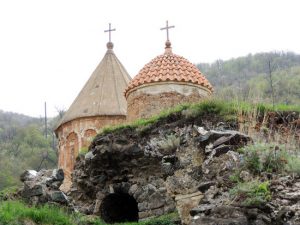
N.S.Vartapetov: “(The Armenian church), armed with the Christian flag, all the time annihilated the peoples of the historical Albania and its integral part – Karabakh (Artsakh)” and “skillfully adapted to the historical situation, served the Sefevids, then the Russian Empire, as well as they served Byzantine, the Iranian Sassanids, the Arab caliphs and the Mongolians”. (N.S.Vartapetov, “Christian monuments of Transcaucasus”).

Khachatur Abovyan, the founder of modern Armenian literature, the writer, the educator: “Our people not only use words in Azerbaijani in their speech, but also the entire sentences”. (Kh.Abovyan, Complete collection of works, volume V, Yerevan, the publishing house of AS of Arm. 1950, in the Armenian language).
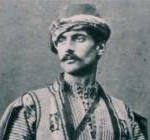
Speaking about the origin of the Armenians, there is a need to shed light on “Armenian”, “Armenia”, “Hay”, “Hayastan” ethno-toponyms. It is known that the Armenians identify themselves with “Hay” ethnonym and with “Hayastan” toponym, the country of their residence. Outside Armenia, these people are known as “the Armenians”, “Armenin”, “Virmen” etc, and “Armenia”, “Armeniya”, “Virmeniya” and so on as the country.
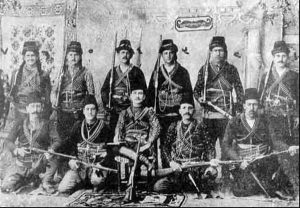
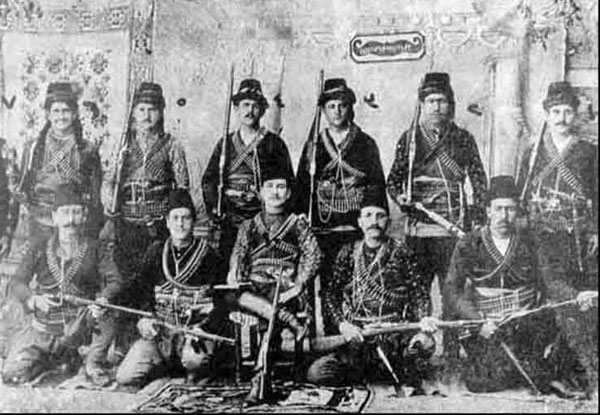
The Armenian nationalist extremism emerged in the territory of Ottoman Empire began to expand its activities in the territory of Russian Empire, more precisely, in the South Caucasus since the last quarter of the 19th century.